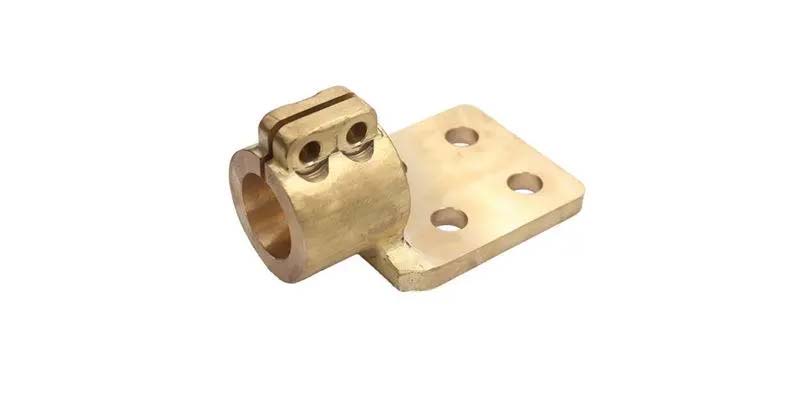- Contact Innally, Let you purchase forgings in China more favorable prices, products more assured!
- Hotline:+(86)15038323776 Email:innally@innally.com
How does the manufacturing process of copper forgings affect product quality?
- Category: Copper forging, Marine forging
- |
- Date: 30/08/2023
Through the selection of appropriate materials, reasonable control of forging process, necessary heat treatment and surface treatment, and through effective inspection and testing means, we can ensure that copper forging products have good material properties, mechanical properties, surface quality and dimensional accuracy to meet customer requirements.
Product Details
The manufacturing process of copper forgings has a direct influence on product quality. Different manufacturing processes of copper forgings will affect the material properties, mechanical properties, surface quality and dimensional accuracy of the products. The following are some common copper forging processes and their impact on product quality:
Material selection and preparation: Reasonable selection of alloy materials and appropriate material handling are the basis for ensuring product quality. The commonly used materials of copper forgings include brass, copper aluminum alloy, etc., and different alloy components and material heat treatment methods will affect the strength, hardness, corrosion resistance and so on.

Forging process: Forging is the main process of copper forging processing. By controlling forging pressure, forging temperature, forging speed and other parameters, the structure and mechanical properties of the product can be adjusted. Reasonable forging process can improve the tensile strength, hardness and toughness of the product, and can eliminate the structure defects and improve the grain refinement effect, so as to improve the overall quality of the product.
Heat treatment and annealing: According to different needs, copper forgings may need to undergo heat treatment and annealing during the production process. These processes can adjust the grain structure of the product, eliminate stress, improve the softening ability of the material, etc., thus affecting the hardness, strength, toughness and dimensional stability of the product.
Surface treatment: The surface treatment of copper forgings plays an important role in the appearance quality, corrosion resistance and lubrication of the product. Common surface treatment methods include pickling, chrome plating, electroplating, etc., which can enhance the oxidation resistance of the product, improve the surface finish, improve the wear resistance of the product, and help the adhesion and distribution of the lubricant, reduce friction.
Inspection and testing: In the process of copper forging production, reasonable quality inspection and testing means can effectively discover the problems existing in the product in advance to ensure the quality of the product. Commonly used detection methods include metallographic microscopy, mechanical properties testing, chemical composition analysis, size measurement and so on.
In short, the production process of copper forgings directly affects the quality of products. Through the selection of appropriate materials, reasonable control of forging process, necessary heat treatment and surface treatment, and through effective inspection and testing means, we can ensure that copper forging products have good material properties, mechanical properties, surface quality and dimensional accuracy to meet customer requirements.
nannan
INNALLY mainly provides you with various types of cast and forged parts products. Welcome your inquiries! innally@innally.com
Related Products
Search
Forging center
- Steel forgings
- Aluminium alloy forging
- Titanium alloy forging
- Stainless steel forging
- Copper forging
- Automotive forgings
- Locomotive forging
- Bicycle forgings
- Motorcycle forging
- Rigging and fasteners
- Bearing forging
- Electric power fittings
- Marine forging
- Mechanical forgings for metalworking
- Mining machinery forgings
- Marine engineering forgings
- Construction machinery forgings
Popular product

© 2025. All Rights Reserved.






